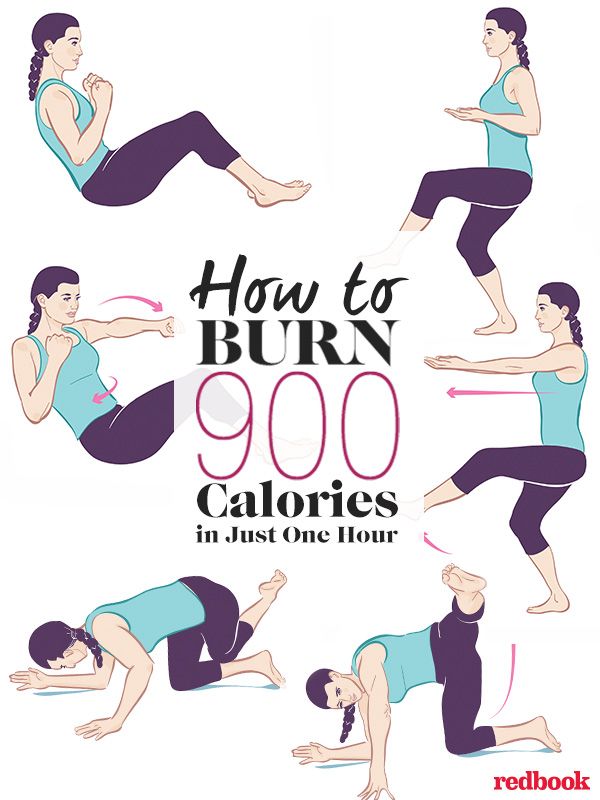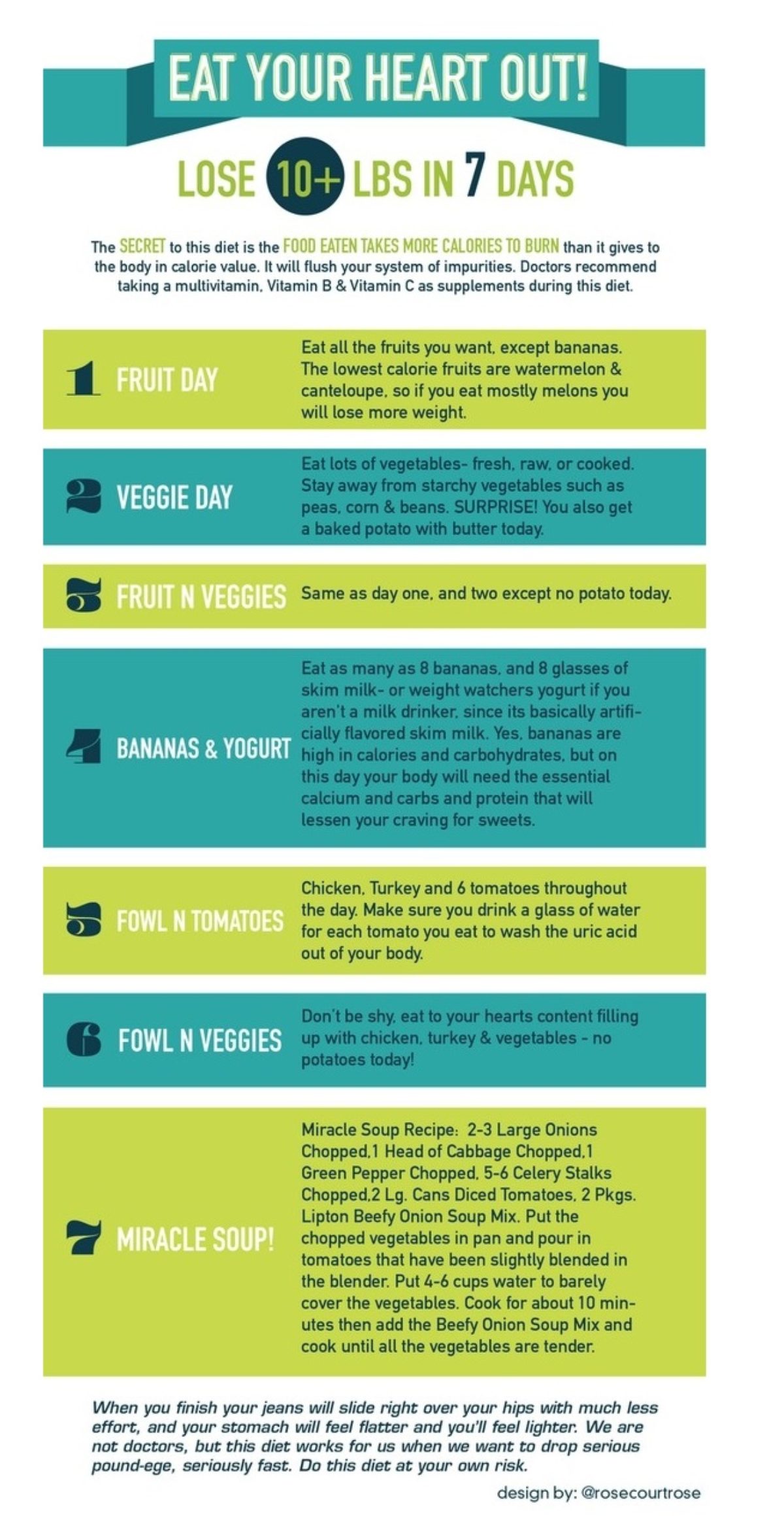
A number of factors affect the average adult calorie intake, including bodyweight and physical activity. People who are active and pregnant require more calories than those who are sedentary. Adults should consume between 2,000-3,000 calories per day. Sedentary individuals should aim to consume at most 1,600 calories.
Average daily caloric intake per person in the U.S.
The USDA estimates that the average American person consumes 3,641 kilocalories per day. However, each individual's calorie requirements may vary depending on their activity level and size. A USDA study from 2010 showed that women consumed an average 1,785 calories per daily, while men consumed an average 2,640 calories. USDA says that respondents tend to underestimate the daily calorie intake. But, studies that have been well controlled have shown that the actual calorie intake can be much higher than reported.
Among the factors that contribute to a person's caloric intake is the amount of food consumed each day. The majority of people eat more food than what they need. But, certain foods contain more calories than other foods. It is high in calories to eat processed foods. Many people do not get enough fiber and complex carbohydrates in their daily diets.

Children and teenagers should consume the recommended daily caloric intake
Calories are an important component of a healthy diet. Although it is impossible to predict an individual's caloric intake, there are guidelines that will help young children. Children aged six to twelve require between 1,600 and 2200 calories per day, depending upon their level of activity. Girls generally need more calories than boys at this age. Teenagers, on the other hand, need between 2,500 and 3,000 calories daily depending on their level of activity.
There are many calories in food. Knowing the difference between different food types is crucial. Carbohydrates for example have four calories per kilogram, while fats (and proteins) provide nine calories each gram. However, it is best to get calories from nutrient-dense sources, such as fruits, vegetables, and whole grains. These foods are low in fat, have more vitamins, minerals, fiber, and less calories than other sources.
Daily caloric intake recommended for women over 50
Caloric requirements for women aged 50 and over vary depending on weight, age, and activity level. The average woman between this age and her husband should consume between 1,600-2,200 calories daily. The range will be higher for women who are physically active, and lower for those who are sedentary. It is important to remember that women over 50 require more nutrients.
The National Institute on Aging recommends women eat a variety foods to meet their nutrient requirements, prevent unwanted weight gain, and keep their metabolism high. A large amount of vitamin D and calcium is recommended for women. This will help to maintain strong bones and decrease the risk of breaking them. You can get calcium from multivitamin supplements or foods that are rich in calcium.

Calculating the calorie intake of active women
Estimating calorie intake for active women is critical to maintain a healthy weight. Women's calorie needs are affected by their height, age, and activity level. For example, a woman weighing 130 pounds would need 1,800-2,200 calories per day to maintain her current weight. However, women with larger bodies need more calories, as well as active women who engage vigorously in exercise.
Consider how many minutes a woman spends running to determine her calorie requirements. A 45 minute jog can burn upto 450 calories. Similarly, a woman who works out for an hour at a moderate pace can burn as many as 558 calories. The recommended calorie intake for active women is 18 calories per pound of body weight, so a 130-pound woman would need about 2,340 calories a day. A woman of 140 lbs would consume about 2,520 calories each day to maintain her currentweight.
FAQ
How Much Weight Can You Lose in a Week?
The amount of weight that you can lose will depend on how high your body fat percentage is. To begin, you need to determine how much weight that you would like to lose. Next, find your BMI (Body Mass Index). Your BMI (Body Mass Index) tells you how much weight should be lost to reach your goal. If your BMI is 25 or greater, you're overweight. If your BMI exceeds 30, you may be obese.
For example, if you weigh 200 pounds, your BMI would be calculated at 28.7. To reach a healthy weight, you would need to lose 70 pounds. To see if you're overweight, visit www.healthyminds.com/bmi/.
This formula can be used to calculate how many pounds you will lose each week once you have determined your BMI.
(Your Goal Weight - Current Weight)/BMI * 7 Number Of Pounds Lost Per Week
You would need to do 2 weeks of exercise to lose 50 lbs in one month. This is equal to 56 days. Divide that by 7 pounds per week. This works out at 8.3 pounds per week.
You could also try this calculator from www.weightlosscalculator.net. This calculator gives you an estimate of how many calories are needed to lose 1 pound per day.
Do cardio exercises work fast to help me lose weight?
Cardio exercises are great at burning calories but don't help you lose weight. It all depends on how much weight you have and what type of exercise you do.
If you're overweight, then cardio exercises may not be enough to burn off all those extra pounds.
It is important to combine them with exercise and diet.
For example, running or jogging are great cardio exercises to help you lose weight quickly. These types of exercises burn more calories per hour than any other exercise.
However, if you want to gain muscles instead of losing fat, you must perform resistance training. Resistance training can be done without the use of machines, weights, bands, elastic band, etc.
Combine cardio exercises and resistance training to quickly lose weight.
You need to combine cardio and resistance training in order to lose weight quickly.
How long does it take to lose weight?
It takes time to lose weight. It usually takes six to eight months to lose 10%.
It is important to realize that weight loss should not be expected overnight. Your body needs time to adjust to new dietary changes.
This means you need to gradually alter your diet over several weeks or days.
You should also stop trying fad diets. They don't work. Instead, you should change your daily routine.
If you are a regular shopper of unhealthy snacks, it is a good idea to stop.
It is better to eat healthier meals early in the evening. This will help you avoid snacking at night.
A good habit to follow is to drink plenty of water throughout your day. Water keeps you hydrated and prevents your body from becoming dehydrated. Dehydration can make you feel tired and weak.
Therefore, drinking lots of water throughout the day will help you stay energized and focused.
You can reduce stress by relaxing. For instance, you could spend some quality time with loved ones.
You could also read books, watch movies or listen to music.
These activities can help you relax from stressful situations. They will also improve your mood, self-esteem, and overall well-being.
It is essential to think about your health before you lose weight.
Your physical health is a sign of your overall health. Proper nutrition and regular exercise are essential to staying fit.
What can I drink during intermittent fasting in the morning?
You should try drinking water first thing in the morning. This will make you feel fuller and give you energy all day. For more flavor, add lemon juice and cucumber slices.
How to Create an Exercise Routine?
Create a routine. It's important to have a plan for each day. This helps you plan ahead, and it will also help you avoid procrastination.
The second thing is to ensure that you have plenty of variety in your workout. You don't want your exercise to be monotonous.
You also need to keep track of your progress. It's crucial to track your weight changes over time.
If you start off by losing weight, it's easy to lose motivation if you don't gain any additional weight. On the other hand, if you gain too much weight, it becomes harder to stay motivated.
So, try to find a balance between gaining weight and losing weight. If you're not happy with where you are, then you'll be less likely to continue exercising.
What level of exercise is required to lose weight?
There are many factors that impact the amount you exercise to lose weight. Most people need to exercise at least 30 minutes five days a weeks.
The American College of Sports Medicine recommends 150-minutes of moderately intense aerobic activity every week. It should be spread over three separate days.
To lose 10 lbs, you should aim to exercise 300 minutes each week. This includes activities such as brisk walking, swimming laps, biking, dancing, playing tennis, golfing, hiking, jogging, running, and other similar activities.
For those just starting out, you might consider 20 minutes of vigorous activity every other week. You could do sprints, lifting weights or jumping rope.
Aerobic exercise helps to build muscle mass and burn calories. Muscle burns more calories per calorie than fat. Building muscle and losing weight can help you reach your goals faster.
Why should you lose weight before reaching 40?
Senior citizens over 40 need to maintain their health, fitness and well-being. It is also crucial to find ways to keep fit throughout life. This means regular exercise, healthy eating habits, not smoking, moderate alcohol intake, and regular exercise.
It is also important that you understand that as we age, our bodies undergo changes. Our bones weaken and our muscles shrink. The best way to slow down the aging process is to take care of ourselves.
There are many benefits to staying healthy and fit as we age. These benefits include:
-
Better sleep
-
Better mood
-
Energy levels increase
-
Lower risk of developing cancer
-
A longer life
-
More independence
-
More sex
-
Improved memory
-
Better concentration
-
Improved circulation
-
Stronger immune system
-
Fewer aches, pains
Statistics
- It's estimated that half of all American adults attempt to lose weight every year (1Trusted (healthline.com)
- A 12-week study in 20 women with obesity found that walking for 50–70 minutes 3 times per week reduced body fat and waist circumference by an average of 1.5% and 1.1 inches (2.8 cm), respectively (healthline.com)
- According to Harvard Health, it's estimated that a 155-pound (70-kg) person burns around 167 calories per 30 minutes of walking at a moderate pace of 4 mph (6.4 km/h) (5). (healthline.com)
- One study in 9 active men found that HIIT burned 25–30% more calories per minute than other types of exercises, including weight training, cycling, and running on a treadmill (18Trusted Source (healthline.com)
External Links
How To
How to Intermittent Fasting
Intermittent fasting is a dieting method where you normally eat one day per week, usually Monday through Friday. The goal is to decrease your overall calories and still get adequate nutrition. This is believed to help you burn more fat than if your meals were regular throughout the week.
The most common type of IF is to restrict calories on specific days of the week. This would mean that you skip breakfast each morning, and then eat whatever food you like throughout the day. You could also choose three small meals instead of two large meals per day.
Many forms of intermittent fasting are available, such as alternate day fasting (5/2 fasts), 8/4 fasts and 16/8 fasts. There are pros and con's to every type of intermittent fasting. Because you don't need to make major lifestyle changes, alternate day fasting can be the easiest way to get started. Some people may find it difficult to adhere to such a strict schedule, so they might try other methods.
If you want to try intermittent fasting, I suggest starting with alternate-day fasting. This will allow you to gradually transition into more extreme fasting routines without completely changing your lifestyle.